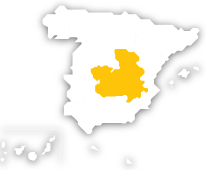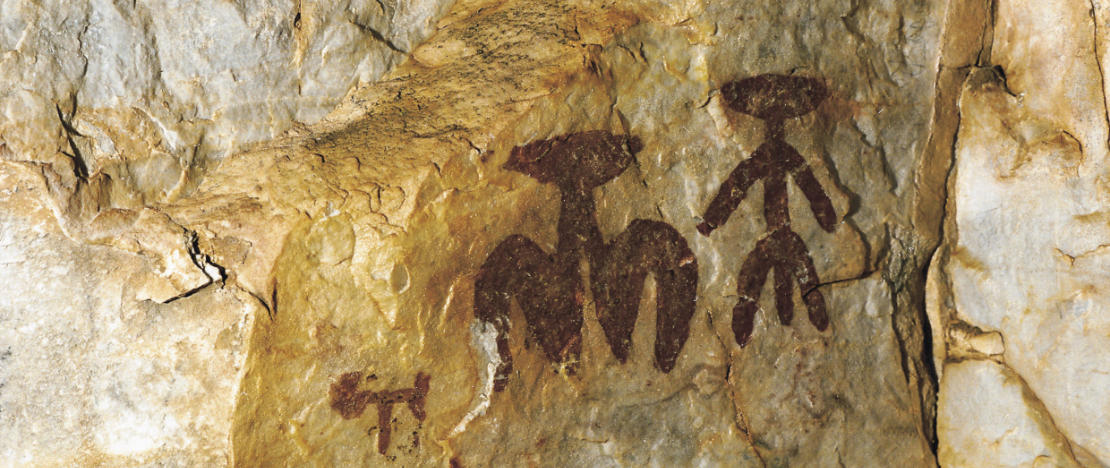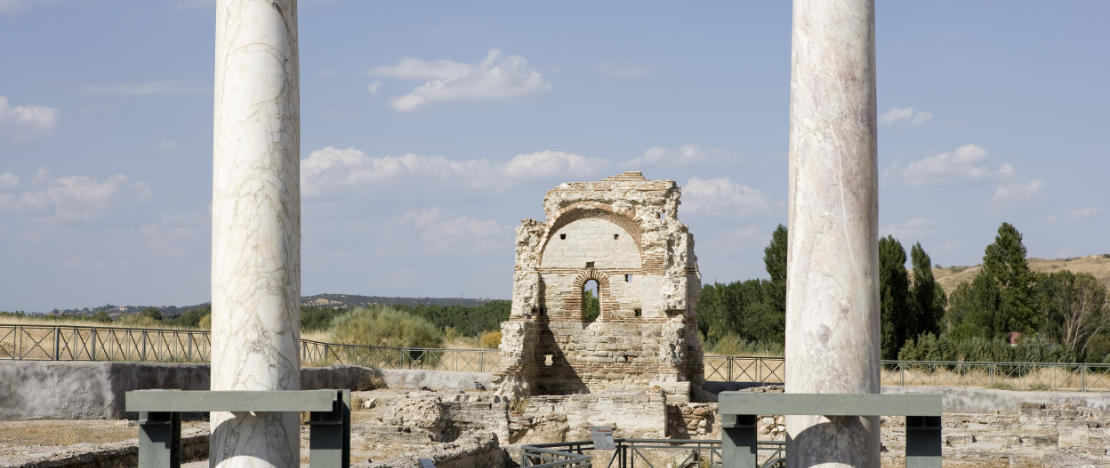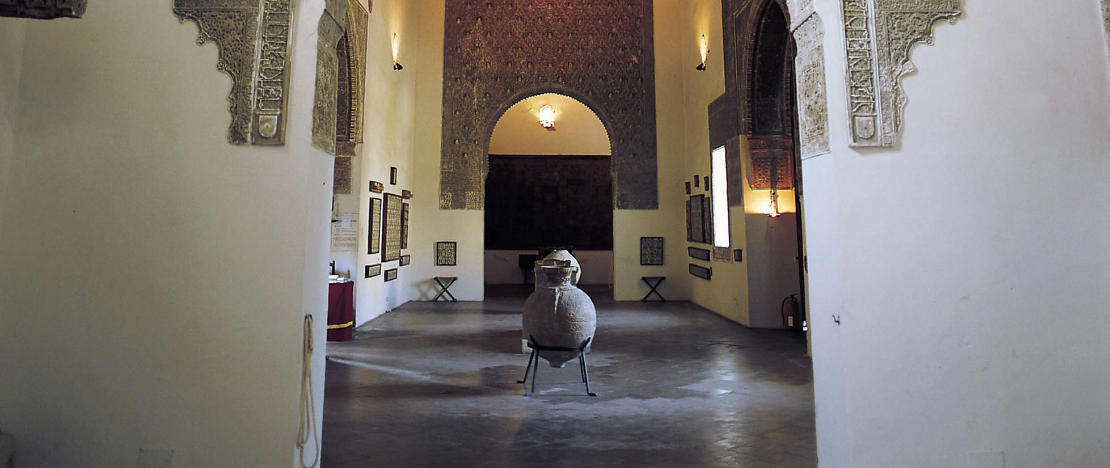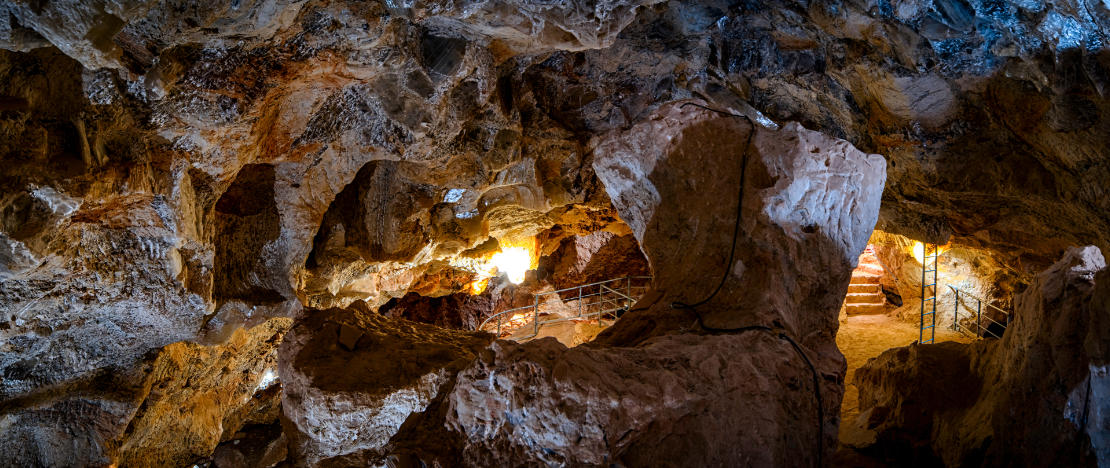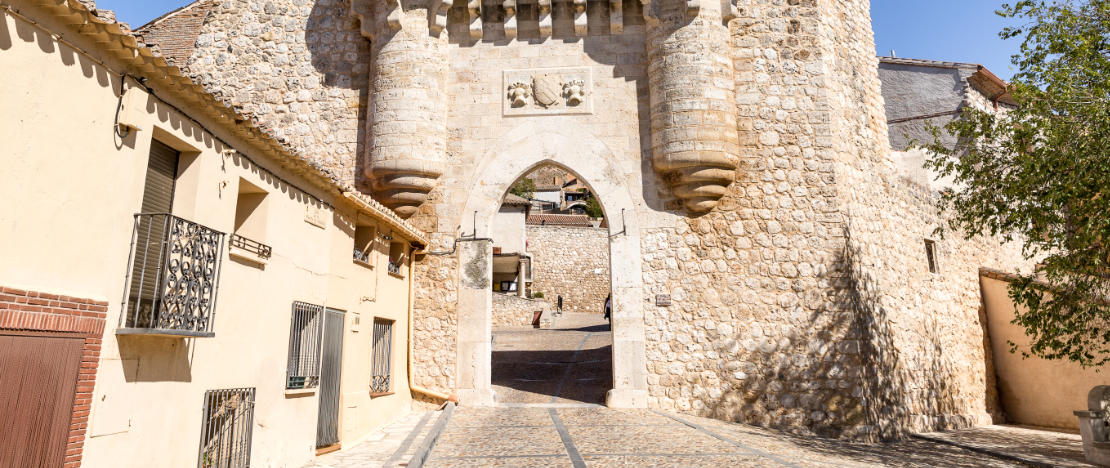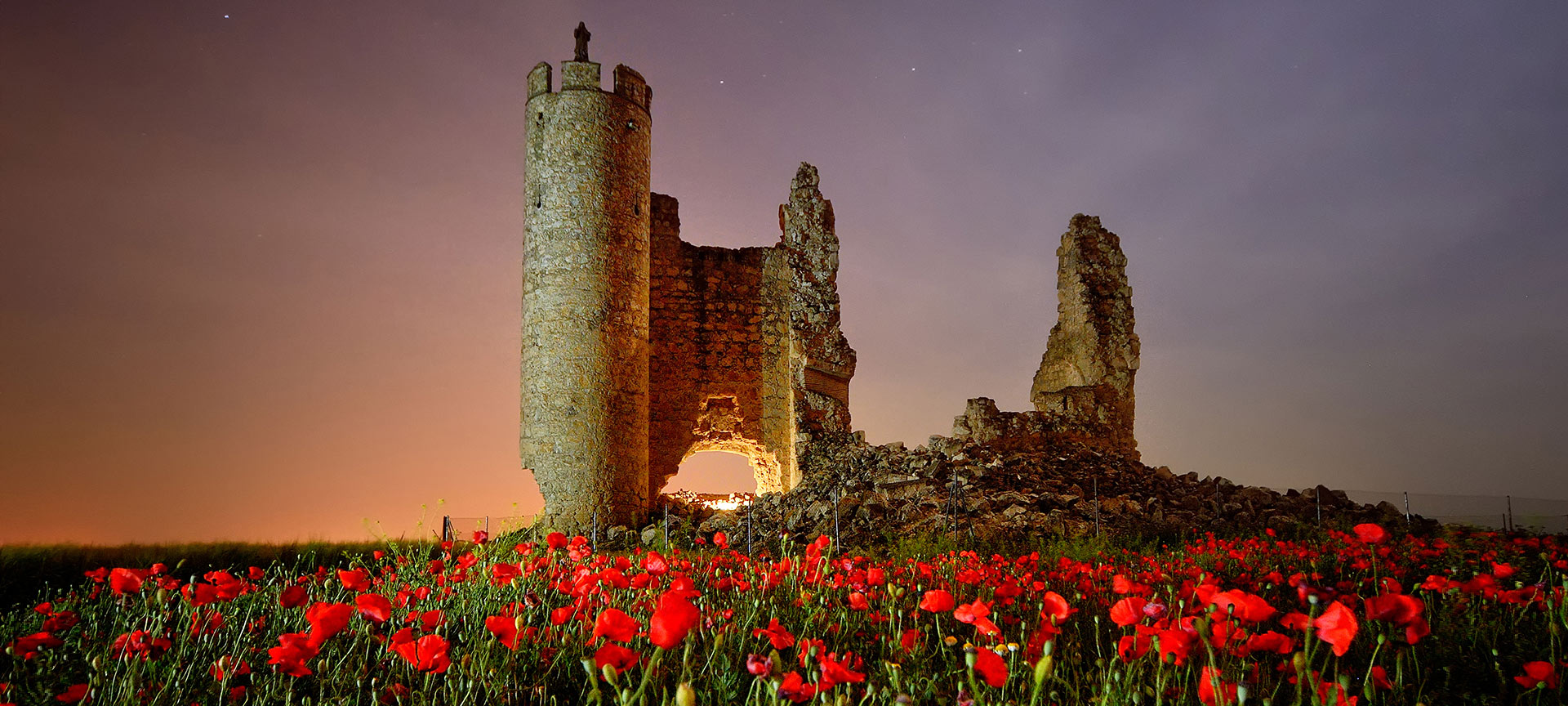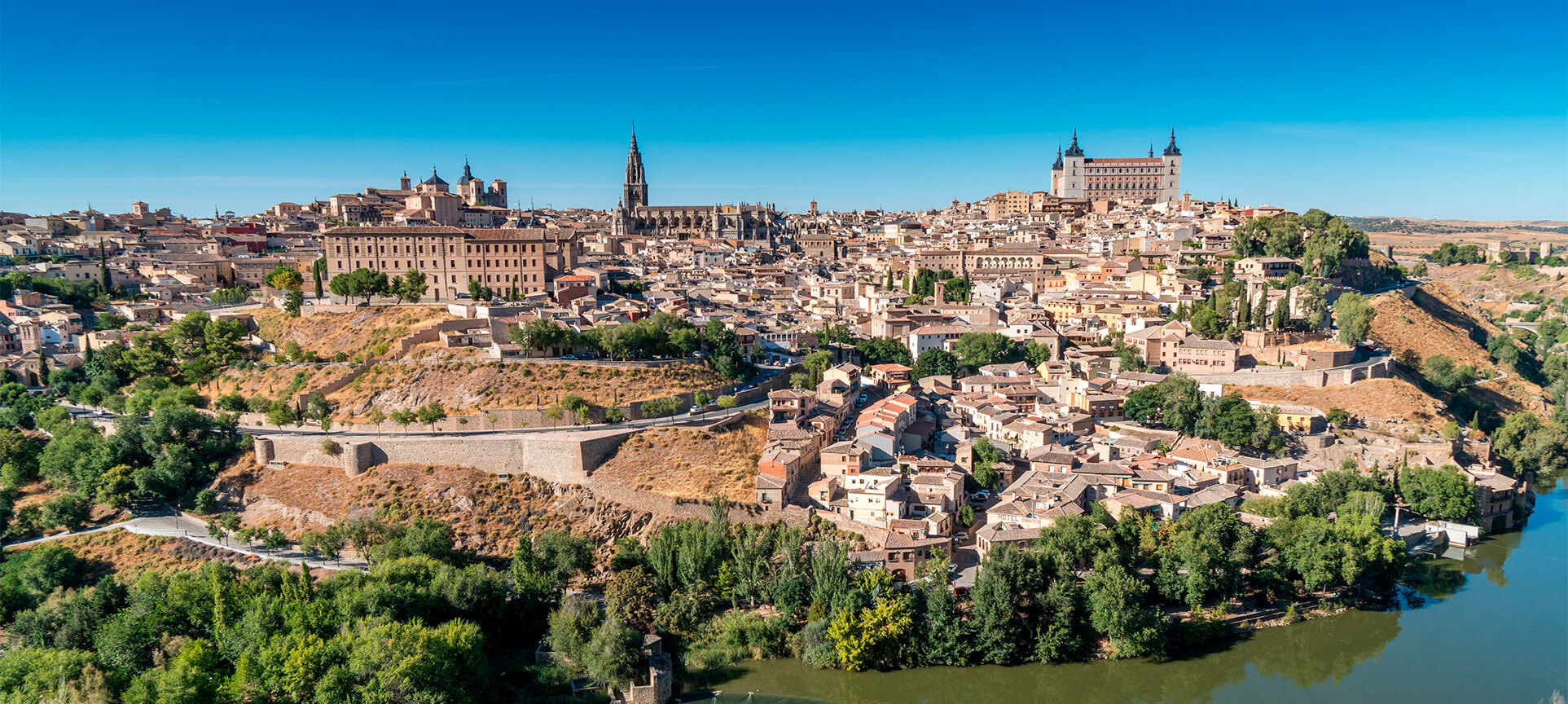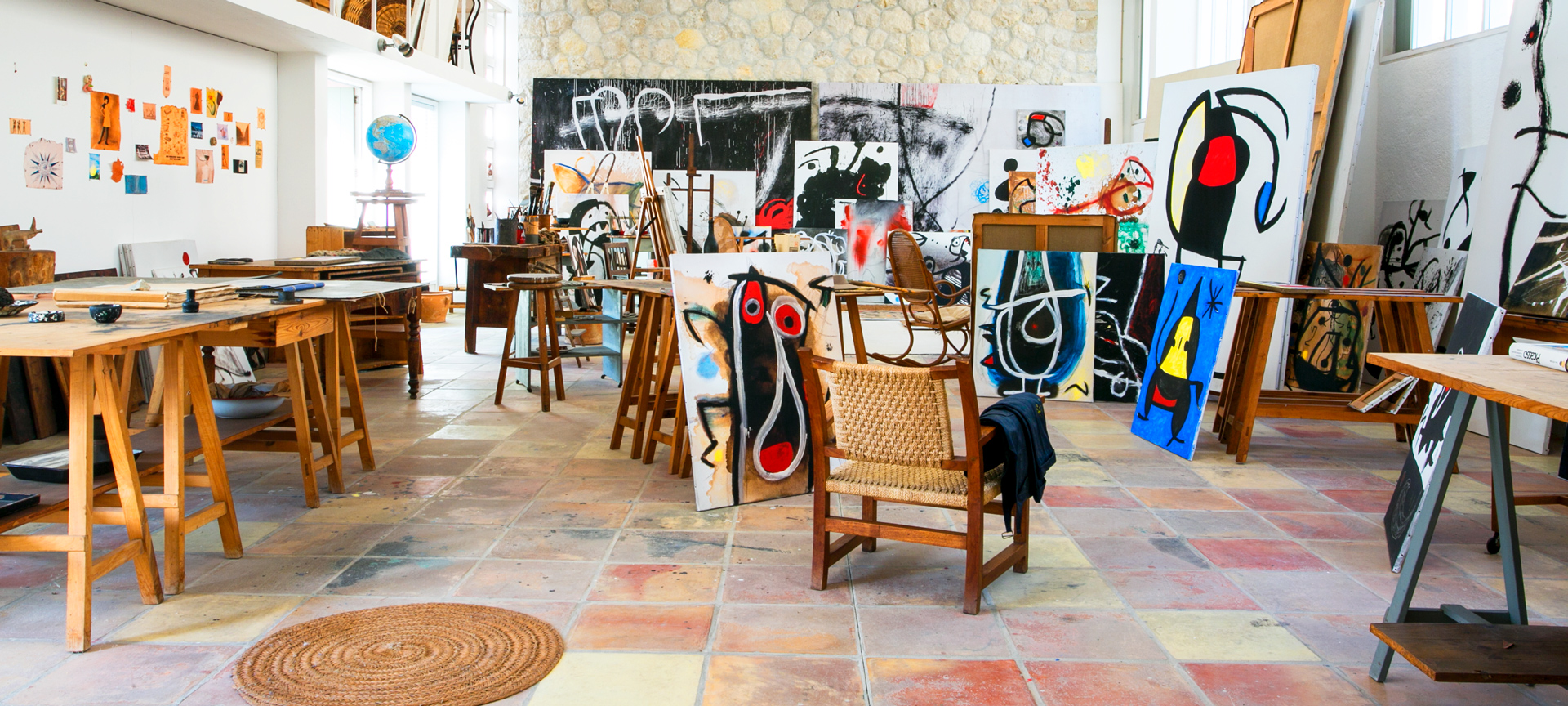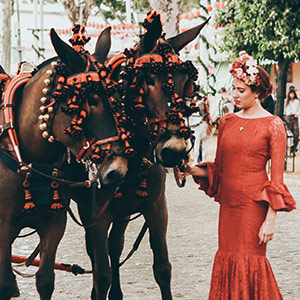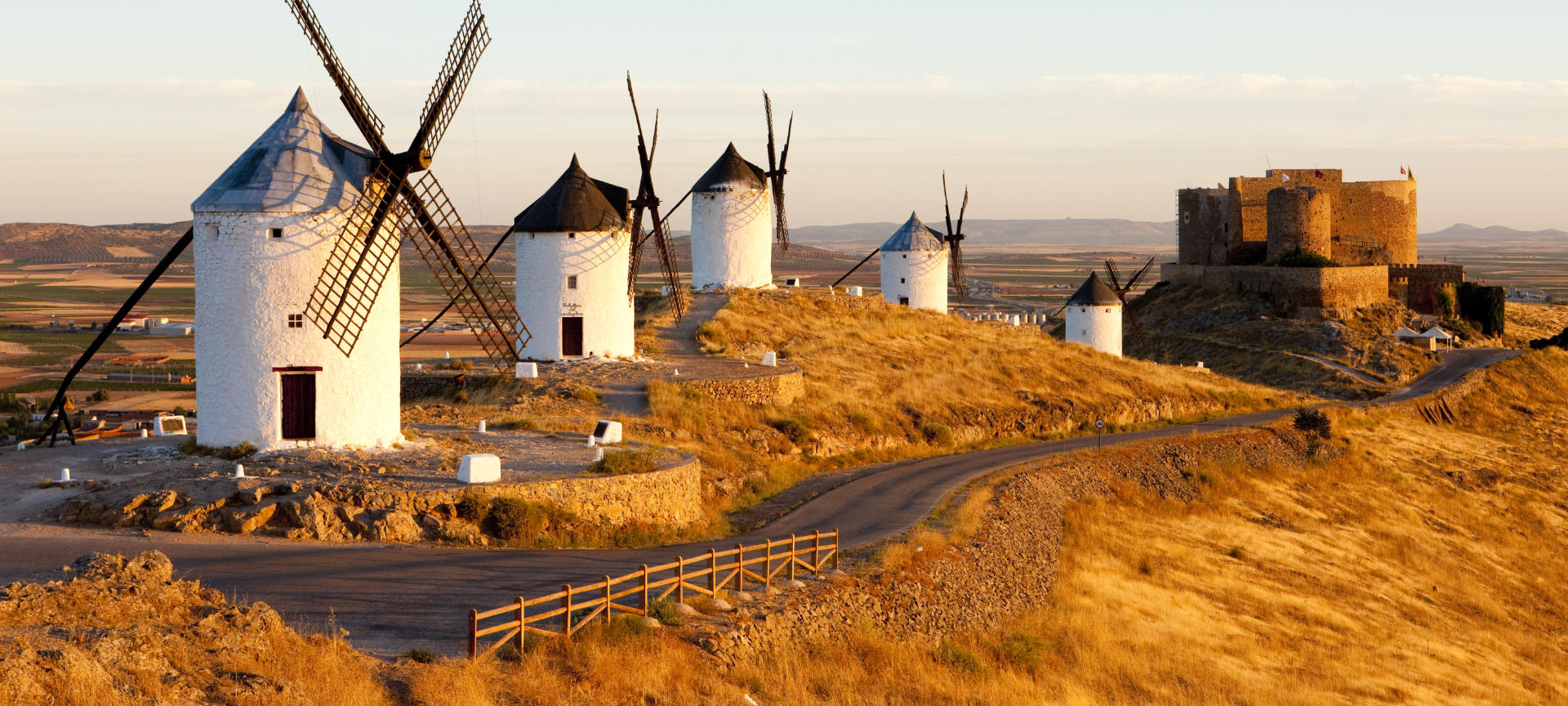
Less than an hour from Madrid, the autonomous region of Castilla-La Mancha offers great cultural heritage. It will amaze you with its archaeological parks, sites and monuments, which you can see up close. Taking a walk through its museums is like taking a walk through Roman and Mudéjar history and even the Copper Age. Discover some of the places of cultural interest that will enrich your visit.
Debe activar Javascript para poder utilizar este servicio
-
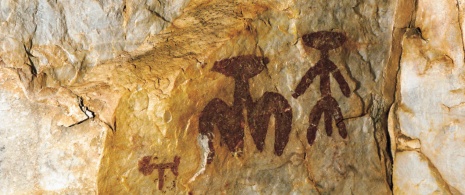
Abrigos de Fuencaliente, Ciudad Real
These small caves, known as “abrigos” or shelters, are home to cave paintings from the Chalcolithic period from 2,500-1,800 BC through to the Bronze Age from 1,800 to 750 BC. You can appreciate great differences in styles, from the schematic drawing of a man and a woman to more detailed paintings of animals with improved techniques, mirroring the developments in these ancient societies.
-
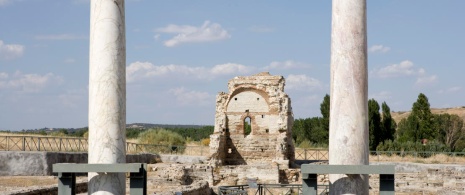
Carranque archaeological park, Toledo
In the vicinity of the Guadarrama River, you will get up close and personal with the remains of what was once a Roman villa where a collection of high-quality and very well-preserved mosaics, coins, furniture, ceramics, engravings and utensils were rescued. These findings make Carranque one of the most important archaeological sites in the Iberian Peninsula, with more than 1,500 years of history. An example is the mosaic of The Death of Adonis, which in great detail tells the story of a hunting scene surrounded by plant ornaments.
-
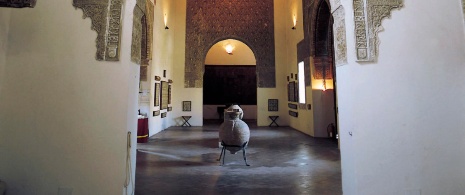
Taller del Moro Museum, Toledo
This museum, which was declared a Historic-Artistic Monument in 1931, will make feel like you are in the 14th century, surrounded by the Mudéjar art of Toledo displayed on the walls and structure of the building. You will see wooden frameworks in the ceilings that are typical of Islamic buildings, together with pieces in marble and red clay.
-
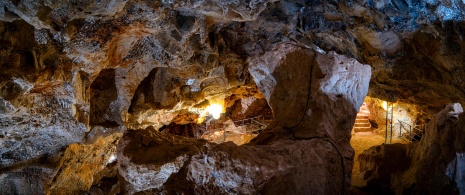
Roman mines of Lapis Specularis, Cuenca
Visit the province of Cuenca to see the mines from which the Romans quarried the mineral lapis specularis, a type of selenite gypsum that was used like glass in windows and other spaces as it is transparent. The Torrejoncillo del Rey mine has three levels of mining and you can explore 2,000-year-old chambers, galleries and rooms that will leave you speechless. There is a famous story in this place known as “The Enchanted Mora”, a legend that tells of a North African princess who hid a treasure kept with powerful enchantments.
-
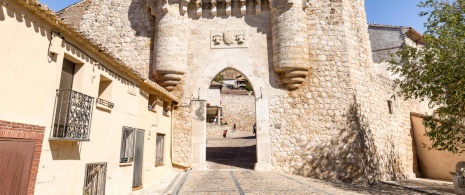
The historic complex of Hita, Guadalajara
Hita is a charming medieval town with Gothic military architecture. It will lead you into the world of the author Juan Ruiz, Archpriest of Hita, who wrote “The Book of Good Love”. You will also learn the history of the Marquis of Santillana, who fortified the city in 1441, building a wall and rebuilding the old castle on top of a hill. If you visit on the first Saturday in July, you can enjoy the famous Medieval Theatre Festival, an unmissable Cultural Heritage Event.
Travel plans for inspiring you
